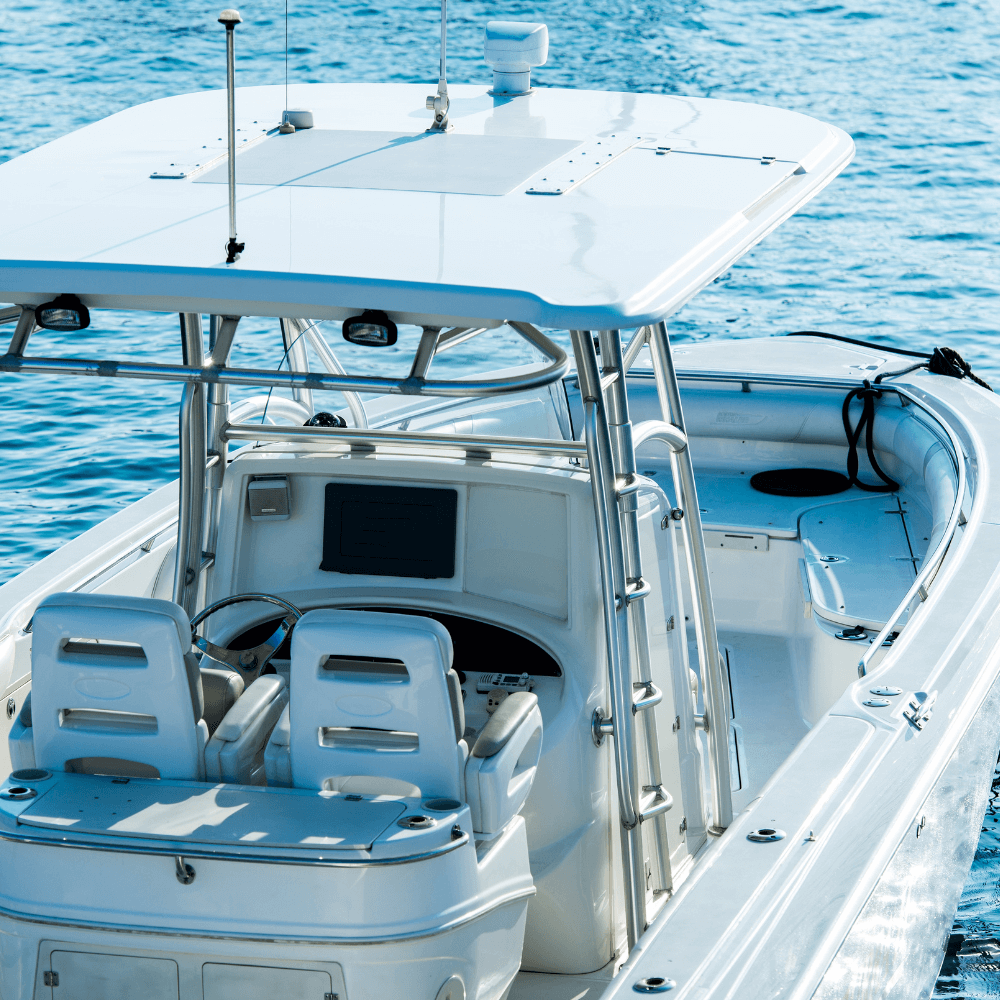Electric trolling motors are commonly rated in horsepower (HP), with one electrical HP equivalent to 745.7 watts (W). A 1 HP motor “cannot” use less than 746W (rounded). Taking into account the prop drive shaft and system losses, if the motor draws 1000W, it would have an efficiency of 75%. When calculating your battery energy storage needs, it is essential to consider the motor and system efficiency. While horsepower represents power, kilowatt-hours measure energy. To convert from horsepower to kilowatt-hours, you need to know the duration of power usage.
Therefore, the general power conversion formula from HP to required watt-hours (Whr) of energy storage is HP divided by motor efficiency times 746.
For example, a 1 HP motor operating at 75% efficiency would require 994.66 Whr of energy to run for one hour (1 HP / 0.75% x 746W = 994.66 Whr).
To determine the battery capacity needed to meet your expectations, the next step is to convert HP to amps (A). Since HP is a measure of electric power equal to 746W per horsepower, you can calculate amps by dividing the Whr result by the system operating voltage using Ohm’s Law: Amps x Volts = Watts or Watts / Amps = Volts.
At 12V, the amp draw would be (1 HP / 0.75% x 746W = 994.66 Whr / 12V = 82.8A). If you wanted to operate a 1 HP 12V trolling motor for 1 hour, you would need an 82.8AH 12V energy (battery) source.
At 24V, the amp draw would be (1 HP / 0.75% x 746W = 994.66 Whr / 24V = 41.4A). If you wanted to operate a 1 HP 24V trolling motor for 1 hour, you would need a 41.4AH 24V energy (battery) source.
At 36V, the amp draw would be (1 HP / 0.75% x 746W = 994.66 Whr / 36V = 27.6A). If you wanted to operate a 1 HP 36V trolling motor for 1 hour, you would need a 27.6AH 36V energy (battery) source.
At 48V, the amp draw would be (1 HP / 0.75% x 746W = 994.66 Whr / 48V = 20.7A). If you wanted to operate a 1 HP 48V trolling motor for 1 hour, you would need a 20.7AH 48V energy (battery) source.
It becomes evident that higher operating voltage results in lower amp draw. This information is crucial in determining the size and voltage of the trolling motor and the battery required to achieve your desired runtime.
To calculate electric trolling motor runtime, you need to know the Amp Hour (AH) rating of your battery bank and the motor’s average amp draw: AH Battery Rating / Amp Draw = Run Time.
It is important to note that a deep-cycle battery maintains its operating voltage better than a dual-purpose or starting battery. Additionally, lithium batteries maintain a high voltage without sagging, preventing the motor from drawing excessive amps. As voltage drops, the amp hour draw increases (Ohm’s Law). High-quality deep-cycle lead-acid batteries should not be discharged below 50% to 80% to avoid damage. Similarly, dual-purpose lead-acid batteries should not be discharged beyond 17.5% to 30%, and starting lead-acid batteries should not be discharged below 1% to 3%. However, lithium batteries can be discharged to 100% Depth of Discharge (DoD) without consequences.
Determining the appropriate size of the trolling motor:
To determine the right trolling motor for your boat, you need to calculate the required thrust to propel the boat. Thrust is measured in pounds (lbs.) and indicates the power of the motor. It is similar to torque in a car, determining pulling force rather than speed. Generally, larger and heavier boats require more thrust. Thrust becomes particularly important when using GPS functionality to fix your position or follow a specific course.
What battery for trolling motor
Get the most out of your trolling motor by choosing the right battery. Deep cycle batteries, particularly marine deep cycle batteries, are perfect for consistent power over a longer time. But how do you choose the right battery?
Consider the battery capacity, measured in ampere-hours, based on the needs of your trolling motor. Higher capacity equals longer usage time. Lead-acid batteries are traditional and affordable but require maintenance. On the other hand, AGM batteries are spill-proof and have better resistance, but cost a bit more. Lithium-ion batteries are lightweight and have a longer lifespan with faster recharging, but tend to be more pricey.
Keep in mind your budget, desired runtime, weight requirements, and charging capabilities, along with referring to your trolling motor’s specifications. With these factors in mind, you can select the perfect battery for your trolling motor and optimize your performance.
What size lithium battery for trolling motor
When it comes to powering your trolling motor with a lithium battery, choosing the right size is essential for optimal performance and extended runtime. Seastar Battery, a leading lithium battery manufacturer based in Shenzhen, China, is here to provide a comprehensive guide on selecting the appropriate size lithium battery for your trolling motor. Take a look at our detailed list below:
12V 50Ah Lithium Battery:
Suitable for small trolling motors or lightweight watercraft
Offers moderate runtime and power output
Ideal for casual or occasional fishing trips
12V 100Ah Lithium Battery:
Provides a balance between size and performance
Suitable for medium-sized trolling motors
Offers extended runtime and increased power output
Suitable for frequent fishing trips and moderate usage
24V 100Ah Lithium Battery:
Designed for larger trolling motors and heavier boats
Provides increased power and torque
Offers extended runtime for longer fishing trips
Suitable for professional anglers or enthusiasts requiring higher performance
24V 200Ah Lithium Battery:
Designed for heavy-duty trolling motors and larger watercraft
Provides maximum power and runtime
Ideal for extended fishing trips or demanding conditions
Suitable for professional anglers, tournament fishing, or commercial use

Best trolling motor battery for 80 lb thrust
To choose the best trolling motor battery for an 80 lb thrust motor, you will need to consider several factors